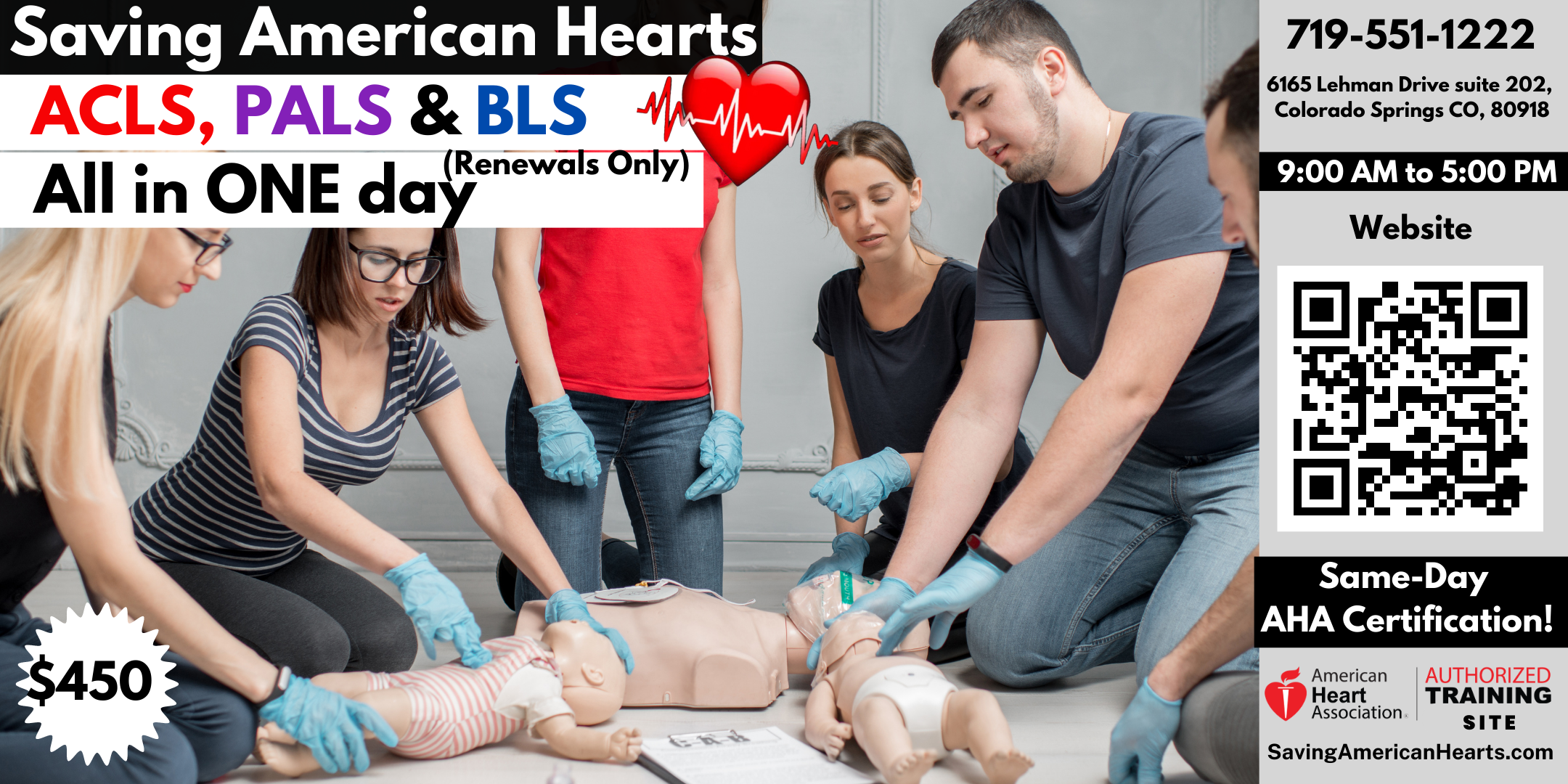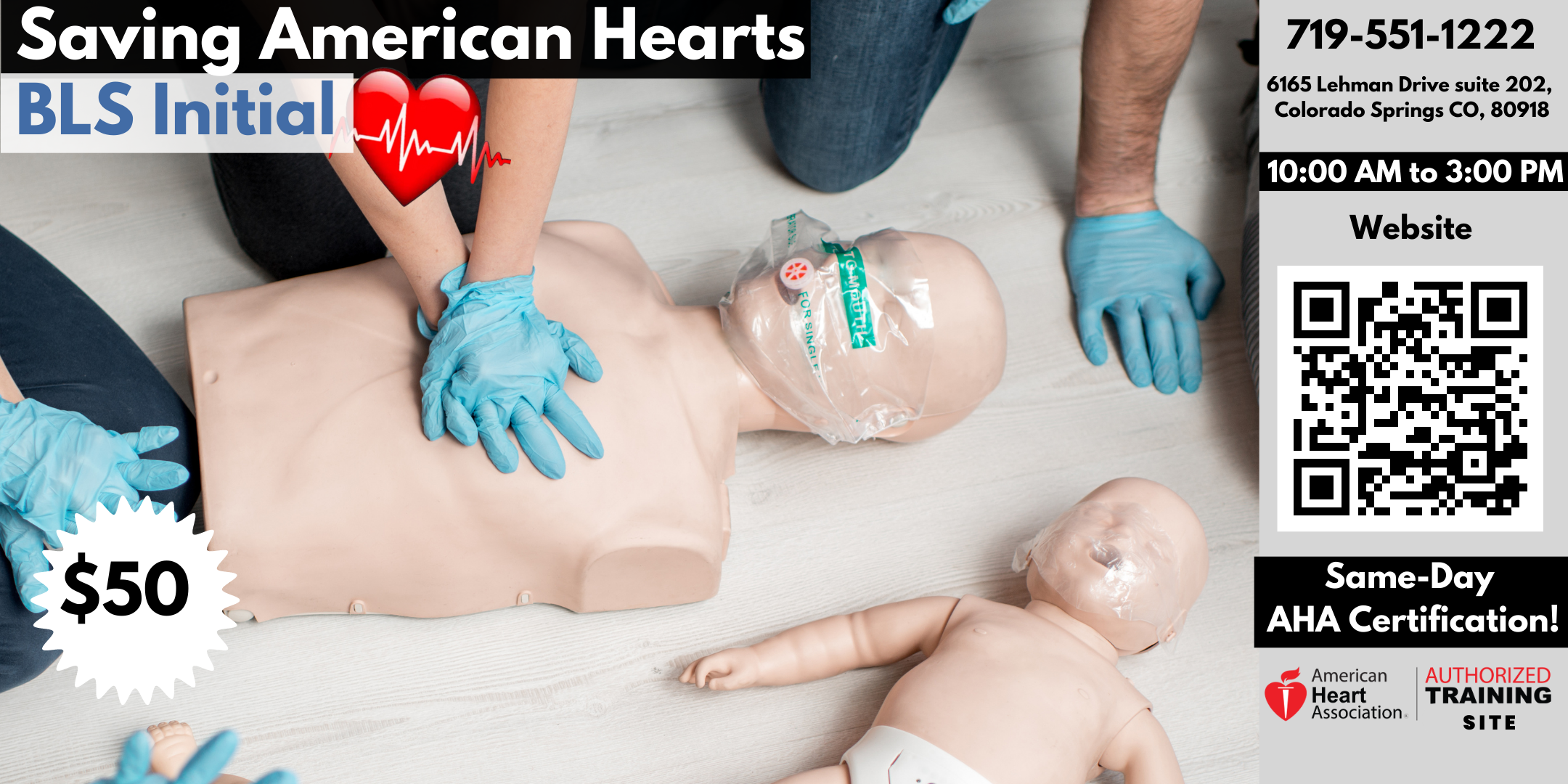Posted by American Heart Association on May 29th 2023
Can Your Child Learn Critical Lifesaving Skills at Age 4?
Can Your Child Learn Critical Lifesaving Skills at Age 4?
The American Heart Association says kids as young as 4 can help save lives in the event of a heart attack. We asked some experts what kinds of skills kids this young are capable of learning.
As parents, we shape our worlds and shift priorities around our kids' health, safety, and happiness—when they get hurt, we expect to be the ones coming to the rescue with a Band-Aid and a hug. But it turns out, kids can help save lives as well. After all, kids are superheroes for pretend, right?
The American Heart Association (AHA) says kids as young as 4 should be taught lifesaving skills to help in the event that someone is in cardiac arrest. The AHA has created a set of guidelines to help kids and families learn the signs, how to call for help, and even perform CPR.
"Building the skills for cardiopulmonary resuscitation (CPR) can begin as early as age 4 and layer on as children get older, so that by age 10, they may be able to perform effective chest compressions on training mannequins," the AHA writes in a statement.
What Lifesaving Skills Can Younger Children Learn?
The idea is that younger kids can learn how to spot the signs of cardiac arrest and how to call for help. By slowly building on those skills, kids can not only learn lifesaving skills but become empowered by their skills to help others.
"Although young children do not have the strength to perform correct chest compressions, they can learn the basic information about what to do if someone suddenly collapses (recognition of cardiac arrest), learning what 9-1-1 is and how to call 9-1-1 (activating emergency response) and knowing what their address is (so dispatch can get to their house)," says Comilla Sasson M.D., vice president for health science at the American Heart Association, and a member of the statement writing committee.
"Kids can also start to learn the basics about what chest compressions and breaths are and how these can be done together to save someone's life. Young children can also learn what an [automated external defibrillator] AED is in case there is a need to get one in an emergency as well," she adds.
According to the AHA, cardiac arrest is a leading cause of death worldwide, with survival rates ranging between 2% and 20%. Researchers at the AHA are particularly encouraged by how kids are naturally curious and highly motivated to learn helping skills that can save a life. What's more, kids "multiply" that learning by teaching others what they learned—how many times has your child excitedly shared with you what they learned at school?
"Building skills at a young age that are reinforced consistently throughout their years in school has the potential to educate generations of students and their parents on how to respond to cardiac arrest, perform chest compressions and rescue breaths, use an AED, and ultimately increase survival," the AHA statement reads.
Related: What We Can All Learn From This 4-Year-Old So Eloquently Explaining His Emotions
Is a Child Emotionally Ready To Help in an Emergency?
"A 4-year-old is definitely capable of alerting a grown-up that someone needs help or has passed out. This course of action is within the emotional and developmental trajectory of what a 4-year-old is capable of," says David Tzall, Psy.D., a licensed psychologist practicing in Brooklyn, NY. "The 4-year-old might be scared and freeze when they see that someone is hurt or sick. It might be overwhelming for them, and they can cry and not fully understand the situation and process it."
Dr. Tzall says ultimately, it is up to parents, educators, and healthcare professionals to assess the readiness and abilities of children to determine the appropriate level of training and education they can receive. "It is important to note that the AHA's recommendations for teaching CPR to children may vary based on regional guidelines and the specific capabilities and developmental levels of individual children," he adds.
So, how do parents, caregivers, and educators approach the topic of saving a life with a child as young as 4? Go slow and keep it simple, says Dr. Tzall.
"When talking to kids about emergencies, parents and caregivers should use an age-appropriate and sensitive approach. While 4-year-olds have a general developmental level, every child is different, and some may need more support when hearing about emergencies. It is best to keep it simple such as easy-to-understand language and concepts that children can understand," Dr. Tzall adds
David Tzall, Psy.D.
When talking to kids about emergencies, parents and caregivers should use an age-appropriate and sensitive approach. While 4-year-olds have a general developmental level, every child is different, and some may need more support when hearing about emergencies.
He also explains that parents and caregivers should avoid using complex medical terms or any information that could be confusing or overwhelming to kids. "For example, explain what to do if someone is not responding, not breathing normally, or in obvious distress. Pay attention to their reactions and adjust the information and approach accordingly."
Related: Urgent Care vs. ER: Where to Go for 8 Common Kid Health Emergencies
Create Emergency Plans With Your Kids
Dr. Tzall says families can benefit from creating safety plans and teaching their kids what to do in different kinds of emergencies. For starters, teach kids their full name, home address, and phone number. "This information is crucial if they need to provide it to emergency responders or if they get separated from their parents or caregivers," he says.
Other safety preparedness measures that kids as young as 4 can understand include:
- Identify potential hazards in the home, such as hot surfaces, sharp objects, or dangerous chemicals.
- Teaching kids about fire safety, including how to respond to smoke, stop-drop-and-roll techniques if their clothing catches fire, and how to safely escape from a burning building.
Older kids can build on these lifesaving skills by learning:
- How to perform the Heimlich maneuver or abdominal thrusts on themselves and others.
- Introduce older children to basic first aid skills, such as cleaning and bandaging minor wounds, recognizing signs of illness or injury, and providing comfort and support to someone who is injured or unwell.
- Teach them how to apply pressure to stop bleeding from a wound.
"As children get older and develop more physical strength, coordination, and understanding, they can begin to learn basic CPR techniques, including chest compressions and rescue breaths," says Dr. Tzall. "Consider enrolling them in a CPR course specifically designed for their age group."
No one is too young or too old to learn about CPR, AEDs, and other lifesaving skills.
"We know that one of the biggest barriers to increasing cardiac arrest survival has been, and continues to be, not recognizing that someone has had a cardiac arrest, activating 9-1-1 early, starting CPR, and getting an AED as soon as possible," says Dr. Sasson. "The AHA has been successful in getting 40+ states to have some type of education about cardiac arrest and CPR as a graduation requirement. But, we know that the more often someone is exposed to this information, using high-frequency, spaced learning approaches, the more likely they will be to act in an emergency."
Dr. Sasson adds something else for families to keep in mind the American Heart Association's Life's Essential 8.
These essentials include:
- Eat Better
- Quit tobacco/don't smoke!
- Be active
- Get healthy sleep
- Manage weight
- Control cholesterol
- Manage blood sugar
- Manage blood pressure
"It's easy to learn and talk through, and parents can choose what they think is appropriate to start discussing with their children depending on their age," she says.
Resources
To learn more about how to perform CPR, how to spot and use an AED, and other skills, check out the American Heart Association, where families can sign up for classes to get hands-on experience.

